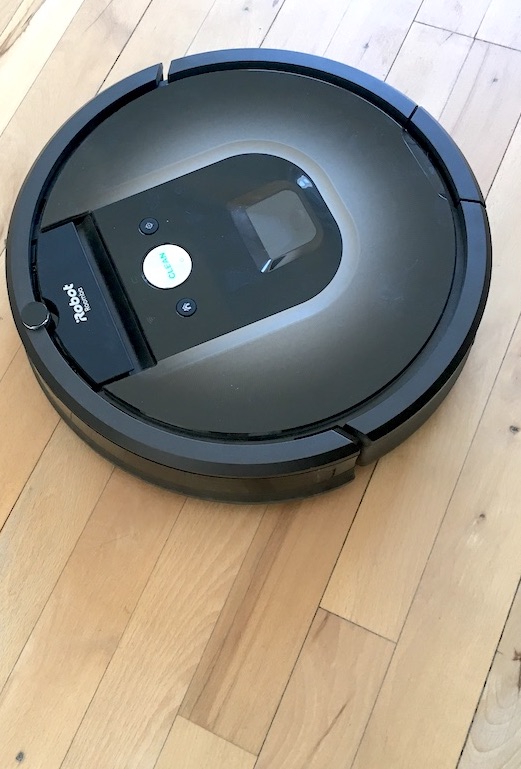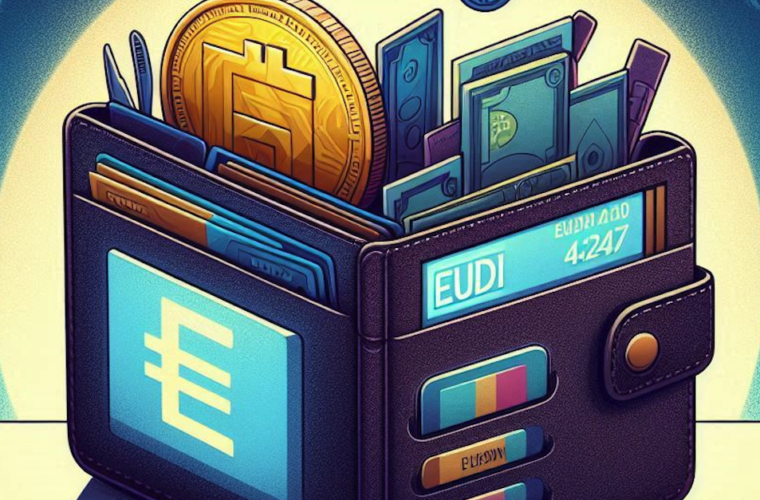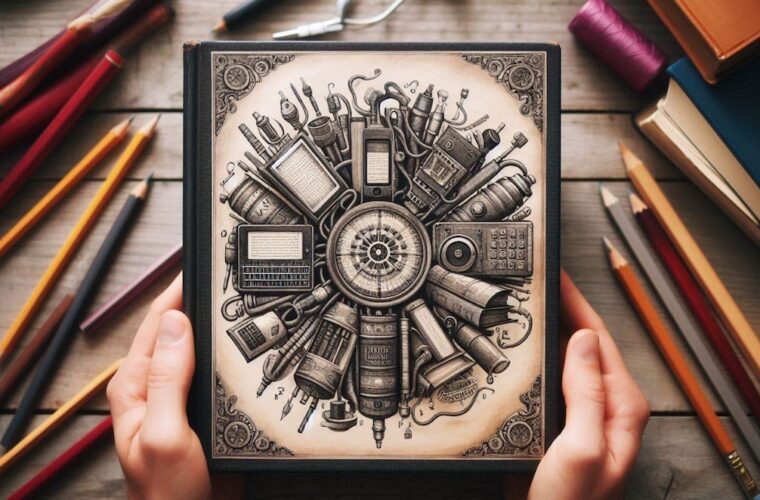The Roomba scandal, as you’ve never read it before
A woman on the toilet in a lavender t-shirt with her knickers down, a baby on its stomach in the middle of a corridor, feet, legs, empty rooms, rooms with dogs running around in solitude. All the pictures have the same framing as someone lying on the floor looking down on them. The photos, however, were not taken by a human but by a hoover. And it’s all our fault. To be precise, they come from a Roomba J7 from iRobot, the world’s largest supplier of hoovers, bought by Amazon for $1.7 billion. Now, it may seem absurd that a robot hoover would turn into a ubiquitous spy, but it all becomes more apparent as we take apart piece by piece a story of data-hungry machines, underpaid workers in windowless rooms, and incomprehensible contracts built on misleading semantics.
It all started last January
In January 2022, MIT Technology Review received 15 screenshots taken by a hoover and then posted on closed social media groups. How is this possible? Actually, the journey of the stolen shots is not even that long. The hoovers photograph everything and then send the images to Scale Ai, a start-up where (human) workers from all over the world tag the data, the audio, and the photos. The data are the first piece, and they are used to make the robots more performant and capable of developing machine learning to go far beyond just vacuuming.
They don’t do it all on their own, though, human intervention is still needed to achieve business goals, and that’s where Scale Ai’s workers come in. “There’s always a bunch of humans sitting somewhere, usually in a windowless room, just doing a bunch of point-and-click, ‘Yes, that’s an object, or it’s not an object,'” explained Matt Beane, an assistant professor at the University of California, Santa Barbara, who studies the human work behind robotics.
And the 15 images sent to MIT are but a tiny part of the ecosystem of data collected. iRobot claimed to have shared over 2 million images with Scale AI alone. And then, there is another unaccounted-for pool of screenshots sent to other data annotation platforms. James Baussmann, iRobot’s spokesperson, also stated in an email that the company had ‘taken every precaution to ensure that personal data is processed securely and in accordance with applicable law’, yet the screenshots popped up outside the ‘protected’ circuit.

From the beginning, iRobot has been all about machine vision. Its first automated device, the Roomba 980, debuted in 2015. It was the first to map a house, adapt its cleaning strategy according to the size of the room and identify obstacles to avoid. But the computer vision of robot hoovers comes at a price. To work well, it must be trained on a huge and diverse dataset capable of adapting to every home, despite differences in perimeter or distribution of objects within a room. The problem is that collected data can be invasive.
A lot of data, at little cost
The need to feed artificial intelligence with information has created a new profession: the data tagger. The other big player in this story is Scale AI, a start-up dealing with data annotation, a young and growing sector that is expected to reach a market value of $13.3 billion in 2030. The average profile is still the same as in all the rising professions of the 19th century. Low pay and employment in developing countries. And in fact, Scale Ai, the market leader, has enlisted thousands of workers from less wealthy nations. Then, in 2020, it inaugurated Project IO and showed its army those bottom-up images captured by eyes hidden inside homes.
Taggers inside their Facebook or Discord groups started discussing Project IO, and some screenshots were leaked. The company was quick to point out that it was a violation of privacy and that employees had signed confidentiality agreements on the material. But how do you monitor thousands of workers remotely all over the world?
The latest character in the hoover scandal is the unwitting buyers. The tricks are always the same, unclear regulations, difficult instructions, and minor differences in semantics that reflect the possibility or otherwise of being spied on in the home, for instance, distinctions between data sharing and selling or between privacy and security. Then there is the weak legislation that needs to be more easily circumvented, which is why people unknowingly give their consent to robots to photograph them while they are sitting on the toilet.



